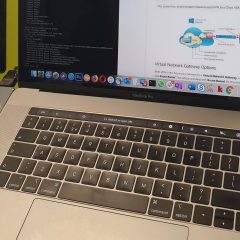How to Transfer Files from PC to iPhone Wirelessly
KB ID 0001481 Written by Tag Jones When it comes to transferring files from PC to iPhone and vice versa, the most obvious choice is to use iTunes. However, it has been found that many users don’t like working with this application. Bloated and ponderous, iTunes continues Apple’s ongoing trend of having lost its design mojo. Luckily, we have other options. One of the easiest ways is to use Wi-Fi Direct Transfer. With this...
Why is my Computer So Slow?
KB ID 0000290 Problem “Why is my computer running slowly” “My computer is not as fast as it was” “What’s making it run so slow?” “It just Crawls” “I have to turn in on, then go and make a cup of coffee” These are questions every techy hates “Why is my PC running so slowly?”, my reply is always “How long have you had it?” If its a business...


